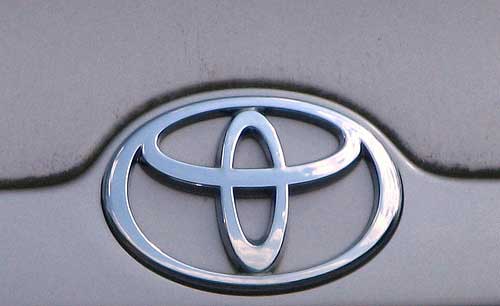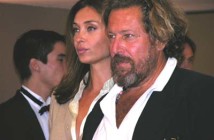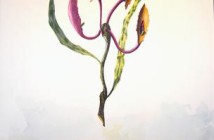Since last fall Toyota has recalled more than 8 million vehicles, 6 million of which were in the U.S. alone. Among the problems listed were accelerator pedals that got stuck, making it very difficult to stop the cars. James E. Lentz III, president of Toyota Motor Sales USA, has appeared before the House Energy and Commerce Committee to defend Toyota and apologize for the way the company has handled the recall and the overall lack-of-quality control crisis.
What does this have to do with art? Well, what if a committee were gathered to investigate the overheated art market from the 1980s to 2008 and art dealers, curators and even some collectors had to defend, explain and apologize for the art-trainwreck we are looking at today?
The much-heralded marriage between fashion and art has left hapless collectors with the art equivalent of Kelly and Birkin handbags, fashion "collectibles" that had waiting lists of customers willing to pay small fortunes for…oh gosh….a piece of leather on a strap. Or, a tiger shark in a tank of formaldehyde.
What if there was one person who could be held accountable for shaking the very foundations that art rests on, a foundation that is based on timelessness? One person, like Lentz could get up in front of a committee and, to paraphrase him:
"In recent months (YEARS) we have not lived up to the high standards our customers and the public have come to expect from Toyota (ART.) Simply put, it has taken us too long to come to grips with a rare but serious set of safety (TASTE) issues."
Can we too "recall" some of the contemporary art that has stopped functioning properly, that have let consumers down? Can we hold someone accountable for the breakdown of trust?
Much of the art being made in 2010 is not all that interesting, partly because as Calvin Tomkins said, "there is so much of it." Over 10,000 artists live in New York alone and many are making "slacker art" that is easy to do. The limitless freedom given to artists makes irrelevant old rules of rigorous training and formal knowledge, creating problems of an existential nature, such as who decides what art is. Where is the line between self-indulgence, intelligent conceptual expression (no, not the ones using Facebook as a self-promoting art form, please!) and a pursuit of deeper meaning?
Making art is a burden, making relevant art is hard and accepting failure as well as rejection is part of the game. Many of the artists of the past decade have let down the art collecting "consumer" by taking the easy way to celebrity-hood, by hoping to become a brand, like the Kelly bag or a Y3 sneaker. Damien Hirst and Jeff Koons could be blamed for the outrageous, corruptive maneuvers they put out as art but "posterity" just wasn't part of the language. They were not unlike the Toyota engineers who "relied on a flawed engineering report." And no, they were not anything like Andy Warhol. Like many artists of the decade they were investigating their own lives (or death in Hirst's case) while working for a media-centered, image-crazed population of hedge fund managers and sleazy overseas billionaires.
Perhaps it is time to put a stop to the investigation of "the self?" Not a disconnect from the artist's authentic soul, intelligence and drive but a disconnect from shallow navel-gazing-daily-documentation and celebrity worship. Using the eyes to really see the world and to say something as honest as some of the "outsider" artists have said. There is no marketing strategy there, just the impulse to make art. Like Toyota, it is time to go back to quality control, to make art that will reward and enrich, not an easy task. But hey, it is time to do a hard day's work, whatever it is that you do.
All images are courtesy of Google image search found here.




